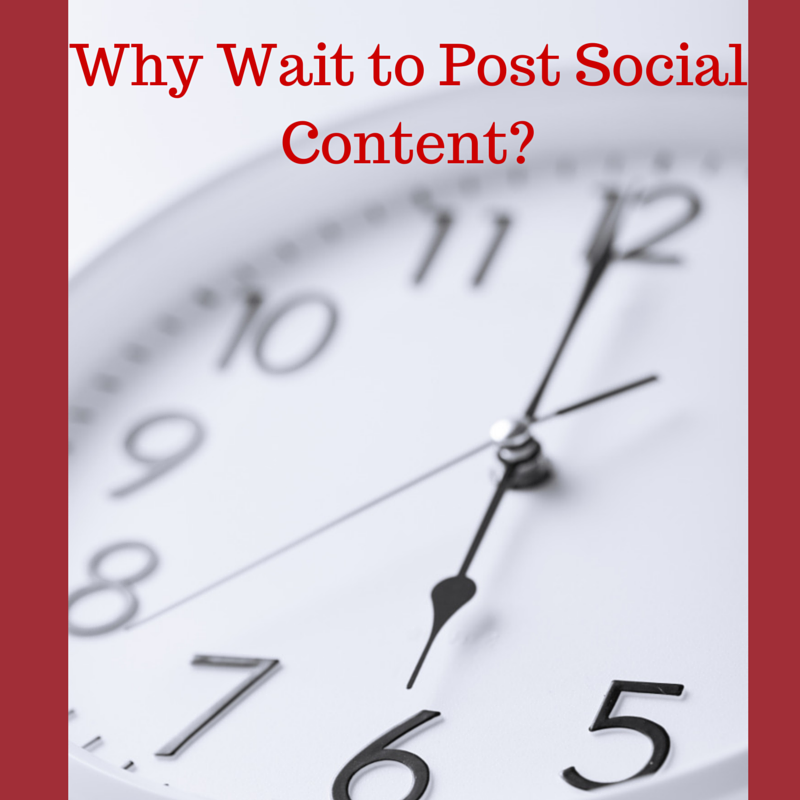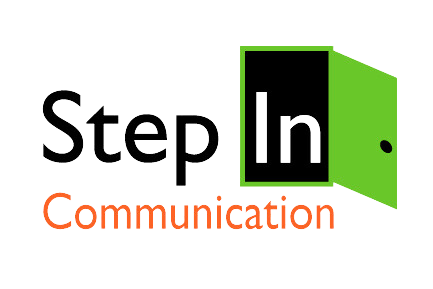 We get really excited when we have timely content for our social media channels. So excited that we often shoot ourselves in the foot by trying to get it all out there at once. As communicators, we are as trained to follow the news cycle as Pavlov’s dogs were trained to respond to the sound of the bell. The problem is-there’s more than one bell. The news cycle is less defined than it was ten years ago and is no longer confined to set appointment times.
We get really excited when we have timely content for our social media channels. So excited that we often shoot ourselves in the foot by trying to get it all out there at once. As communicators, we are as trained to follow the news cycle as Pavlov’s dogs were trained to respond to the sound of the bell. The problem is-there’s more than one bell. The news cycle is less defined than it was ten years ago and is no longer confined to set appointment times.
We used to try to capitalize on the morning paper, the evening news, the late news and then the monthly magazine. Now we have 24 hours and we should take advantage of that extended time to spread out our social media messaging in our channels.
So why are we trying to time the press release, the in-person event and the social media posts all at the same time? Out of sheer habit?
With a little planning, your social media channels can have more frequent messages to cover that 24-hour cycle, only in smaller chunks. This way they can carry your news in different ways over a prolonged period of time.
What are the advantages of this approach? You have multiple opportunities to engage with your community and the repetition of the messages – or at least the repetition of the theme of the messages – will likely translate into higher engagement. You might also realize better retention by your fans and followers and your message has higher potential rise above the clutter in those channels.
There is a downside to this and it’s focused on the social media channel manager. This forces social media managers to plan content frequency and channel choice, so if you’re not a good planner, it won’t work for you.
Let’s say you have an event coming up. Here’s how you might extend the life of your content by waiting to post elements of the event.
| Date | Channel |
What To Post |
|
Day Before Event |
FB or TW |
We’re getting ready for X. Will we see you there? |
|
Day of Event |
FB TW or IG |
Photo of getting ready for the event; expression of excitement for festivities. |
|
During Event |
FB TW or IG |
Event coverage; frequency depends on size of event and fan base. |
|
Later that Day OR Next Day |
FB TW |
More scenes from event and/or photo collection |
|
Next 2-3 days |
FB TW |
Share media coverage of event; share what fans are saying/showing about event. Share what partners did during event |
|
One Week Later |
FB TW |
Share video produced from event? Positive community action that happened due to your event. |
Another advantage to this approach is that you will fight the time decay on your channels and most likely reach a larger cross section of your fans and followers. If your stories are spaced right and have a conversational tone, then the repetition will not be recognized as such and it will appear that you are telling the diverse elements of a bigger story.
This approach could become increasingly valuable for company page managers as Facebook continues to tweak its newsfeed toward personal pages and away from company updates. Twitter already favors repeating message themes.
So next time you have big news to share in your social channels, why not spread it out and see how it enhances engagement with your audience?
